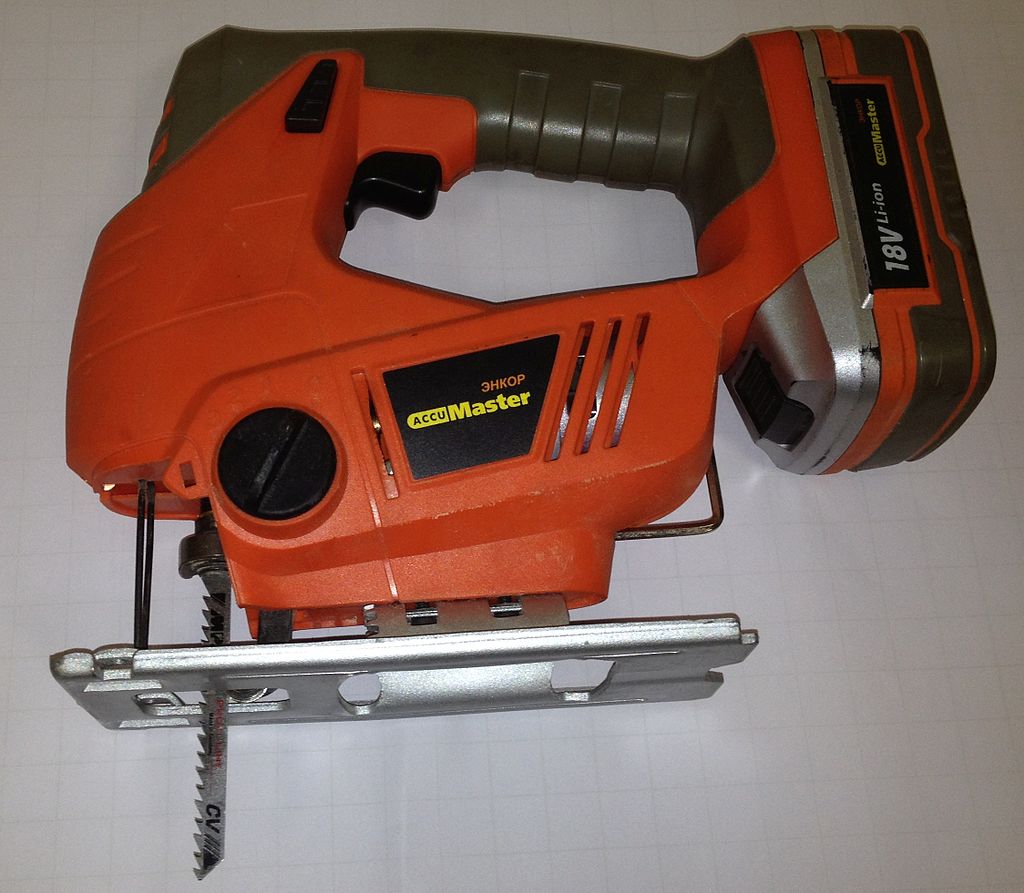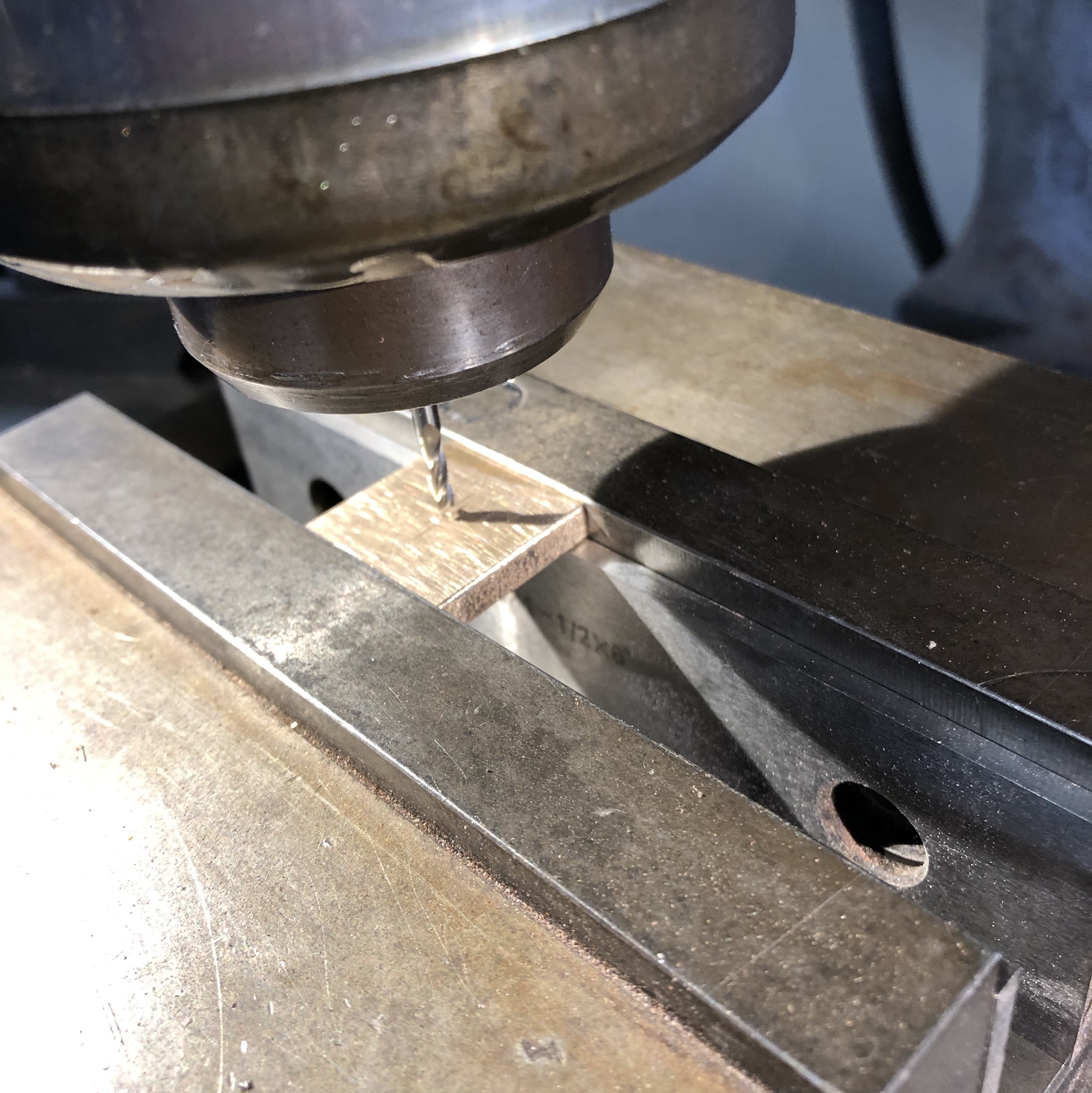How are you guys cutting the slot in your collar? I’ve seen a couple of videos of guys using a drill press. Drilling a line of holes and then filing them into a slot. I tried this once but it was a lot of work and the results were less than great.
Have any of you used a router with a cnc bit? Or used a cnc machine or something else to get a cleaner result?
Have any of you used a router with a cnc bit? Or used a cnc machine or something else to get a cleaner result?













